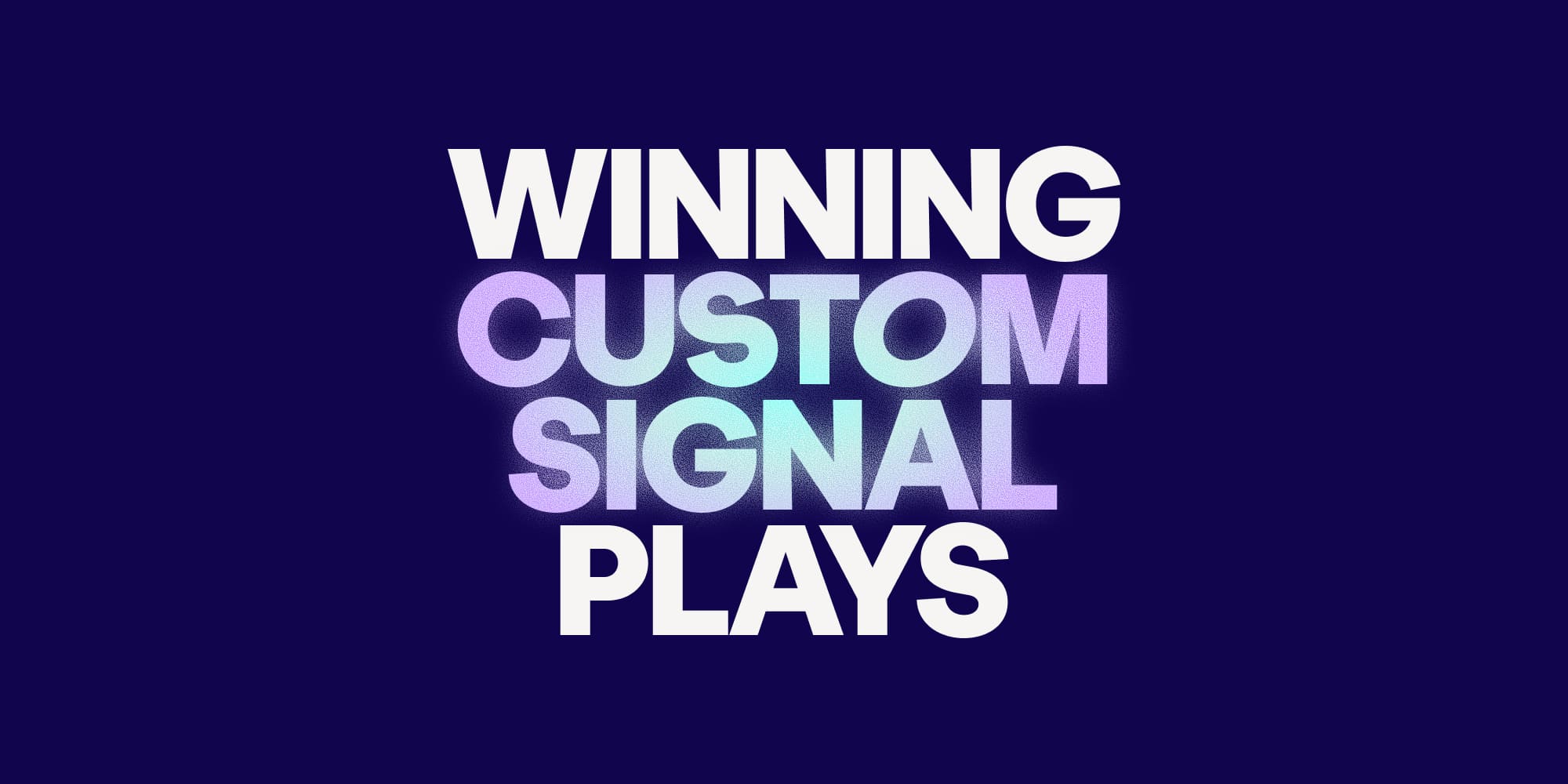Sales-led vs. product-led growth: Which is right for your team?
•
March 2, 2024
.jpg)
With the boom of remote business over the last few years, more organizations are looking for ways to make customer transactions more agile and flexible.
Product-led growth - a strategy used by the likes of Zoom, Slack, or Shopify - is one example of this, allowing for fast business expansion with lower investment.
Nevertheless, sales-led approaches still dominate the go-to-market (GTM) strategies of the likes of Salesforce, Oracle, or IBM.
But why? What's the difference between product-led and sales-led growth? And how do you know which it the best for your company's GTM strategy?
We explore all of this - plus how to make the most of both strategies - in the blog below.
What's the difference between product-led growth and sales-led growth?
Sales-led growth revolves around a proactive sales team guiding leads through the sales funnel.
This approach is common in scenarios involving complex products or service that require in-depth explanations, customization, or onboarding - hence why the likes of Salesforce or Oracle still depend heavily on sales-led growth strategies.
On the other hand, product-led growth leverages the product itself as the primary engine of growth.
This strategy focuses on creating value-laden products that attract customers organically, often using 'freemium' models or free trials. Customers can purchase solutions and complete onboarding without ever coming into contact with a salesperson.
It makes sense, then, that product-led solutions tend to be those that require less complex implementation and are relatively self-serving. Slack, Shopify, and Zoom are excellent examples of finely tuned product-led growth.
The benefits of sales-led growth strategies
For businesses with more intensive solutions, sales-led growth has distinct advantages:
1. Targeted customer interaction
Sales-led growth often leverages personalized prospect engagement to build customized or tailored solutions on a case-by-case basis. Instead of treating them as one of a number, salespeople focus on creating a buying experience unique to each prospect - something that is highly valued in B2B.
2. Deep customer relationships
With longer sales cycles and more personal interaction, businesses can foster more long-term connections with their customers. In turn, positive relationships can lead to referrals, word-of-mouth recommendations, and personal endorsements.
3. Insightful market understanding
Salespeople get to interact directly with their prospects and hear first-hand their business pains, needs, and market outlook. These are valuable insights that are much harder to glean in product-led strategies.
Metrics of sales-led growth
To track sales-led growth motions, you might use the following metrics:
- Monthly Recurring Revenue (MRR): The predictable monthly revenue. This is particularly important for subscription-based solutions.
- Customer Acquisition Cost (CAC): The total expense (across marketing, sales, ads etc.) incurred in acquiring a new customer.
- Customer Lifetime Value (CLV): The total revenue a customer is expected to generate during their relationship with your business.
- Sales Conversion Rate: The percentage of prospects converted into paying customers.
- Average Deal Size: The average revenue amount per customer transaction.
- Sales Velocity: The rate at which deals are closed, taking into account the size of deals too.
- Churn Rate: The rate at which customers are ending their relationships with your business. High churn rates can be a sign that you're not setting the right expectations when selling to your customers in the first place.
The benefits of product-led growth strategies
Product-led strategies can not always replace sales-led ones. For a product-led model to work, your solution has to be relatively easy to implement, self-explanatory (seamless UX/UI are critical), and the time it takes for your customers to feel its value should be very short.
If your solution ticks all these boxes, however, focusing on a product-led strategy can bring you specific benefits:
1. More efficient customer acquisition
The product itself becomes a tool for attracting customers, meaning sellers don't have to rely so much on cold pitching.
2. Easier scalability
The approach allows for rapid business scaling without a corresponding increase in sales personnel.
3. Effective market penetration
A strong product can effortlessly penetrate new markets by appealing directly to end-users. A strong online presence can be enough for the solution to be picked up by new audience segments without sellers having to conduct new outreach campaigns.
Metrics of product-led growth
Where sales-led growth metrics focus on customer value and sales efficiency, product-led metrics focus more on product usage and feedback:
- Activation Rate: Gauges the percentage of active product adopters.
- User Engagement: Assesses user interaction depth and frequency with the product.
- Retention Rate: Indicates the continuity of product usage or subscriptions over time.
- Conversion Rate: Measures the proportion of users upgrading to paid versions.
- Net Promoter Score (NPS): Reflects the likelihood of users recommending the product.
- Time to Value: The time taken for users to feel the product's benefits.
Comparing sales-led vs. product-led approaches: Which is right for your business?
Despite their differences, you don't have to focus exclusively on a product-led or sales-led growth strategy!
You can expect to see more and more businesses adopting hybrid GTM models that focus on Customer-led growth - that is, using data to provide flexible support and solutions tailored to specific buyer needs.
Here's how this could look in practice: you might opt for a sales-led introduction to your solution, and then use product-led signals within your solution to sell extra features as according to your customer's behavior or product usage.
Determining the right GTM strategy for your business depends on several factors, including your business goals, product complexity, and available resources. The most important thing, however, is to listen to what your customers want - not on what you think they want - and to provide them with the support and flexibility they need to be satisfied with your product.
Whether you opt for a more sales-led or product-led approach, Amplemarket can help you find, engage, and convert your target audience in record time.
Sign up for a demo to find out how today!
Subscribe to Amplemarket Blog
Sales tips, email resources, marketing content, and more.


.jpg)







